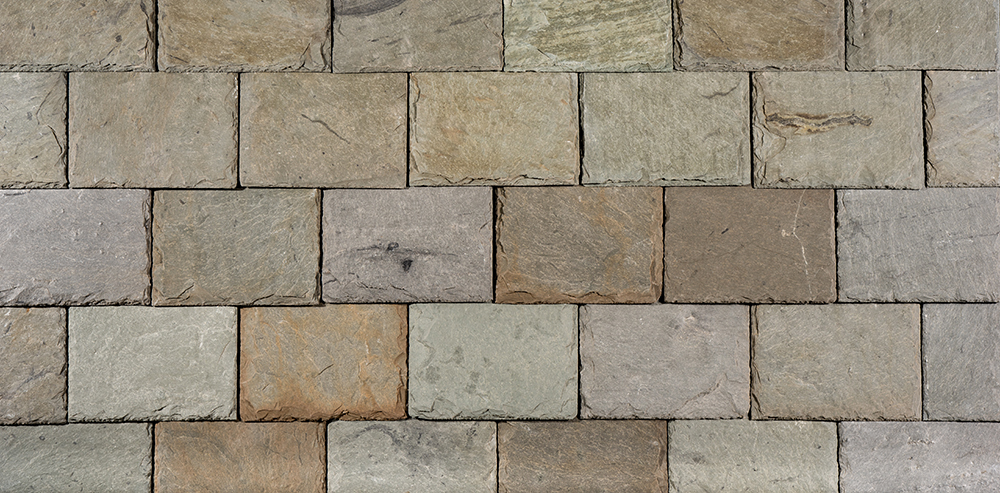Roofing slate is a natural product which is quarried. A range of colors is to be expected. Depending on where they are in the quarry, the slate might appear more gray than green and vice versa. A percentage of these slates will eventually weather to tones of buff and brown once exposed to the elements. This weathering process can take a few months to a few years.
North Country Semi-Weathering Gray/Green (Sea Green) is a premium quality roofing slate. Gray/Green when quarried, a percentage of these semi-weathering green slate will weather to tones of brown and buff over time. North Country Semi-Weathering Green roof shingles provides moderate color and texture variations while maintaining a primary background color of green. These semi-weathering roof shingles are frequently used as the base color in multi-colored slate roofs. Produced by select Vermont quarries, this slate meets or exceeds ASTM standards as an S-1 rated roofing slate.
FAQs
-
Why is it called Semi-Weathering Gray/Green?
-
How is Semi-Weathering Gray/Green slate affected by weathering?
Roofing slate “weathering” or some say “fading” is due to the minerals that make up the color of the slates. The calcite and iron compounds in the slate, which when exposed to the elements will change a percentage of slates to shades of brown. It should be noted, “weathering” does not affect the performance and longevity of a slate roof. Our North Country Semi-Weathering Gray/Green is an ASTM S-1 roofing slate; thus, it will have a service life of over 75 years.
-
Is Semi-Weathering Gray/Green the same as “Sea Green” roofing slate?
The answer is yes! Some may call it “Vermont Sea Green” while others call it “Semi-Weathering Gray/Green”. When originally quarried, the slate will be a light gray / green. However, over time some slates may weather due to the oxidation of the slate’s mineral composition thus turning, brown, tan, buff. A popular slate color, Semi-weathering gray/green slate can be found hundreds of miles away from the Vermont/New York slate belt and especially popular in Northeastern United Slates due to railroad access back in the mid to late 1800’s.

